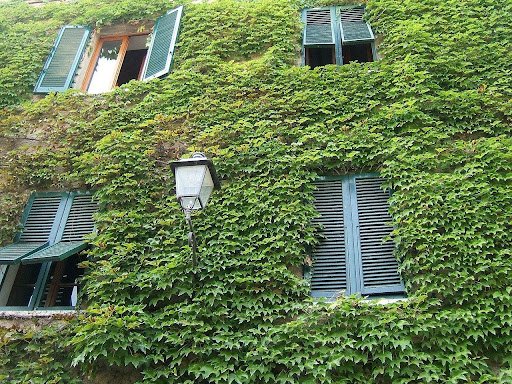When it comes to interior design, many of the decisions you make will come down to personal preference (this is what makes the process so stressful for many!). In terms of shutters, these were traditionally placed on the outside of the home to protect the windows from extreme weather conditions. However, we’re now seeing more and more interior shutters. With this in mind, it means that homeowners have to choose between curtains, blinds, shutters, and even shades. To help with your decision, it’s important to know the materials used for making shutters. Firstly, if you’re worried about the design, you’ll find shutters made from many materials, which helps them blend in with any decor. Here are some of the most common options!
Wood
As the most common selection for interior shutters, you’ll choose between various textures, grains, and colors to match the decor of the room. Other benefits of choosing traditional wood include sustainability, versatility, and efficiency. In addition, since it provides insulation, wooden shutters will help to keep your home warm, and you won’t need the heating on for as long. You might think that ‘wood’ seems like a generic suggestion, so you’ll find two specific groups below.
Basswood
Firstly, basswood is taken from lime trees, and it offers a smooth material for use with ClearShield plantation shutters. Basswood can be sourced in huge quantities, and the great demand means that there’s a constant flow moving in and out of stores. With this, it fits into the plans of those who have a smaller budget. Yet, don’t think that a lower price means a lower quality because this isn’t the case. Ultimately, basswood is light and soft, so manufacturers need to add durability during the manufacturing stage. Often, this is done with tenon and mortise joints. If you want a naturally stronger wood to start, you’ll need the next suggestion.
Hardwood
Though most people think that this is a type of wood, it’s a category that holds teak, beech, oak, and others. This being said, they all have a common theme – they come from slow-growing trees. What does this mean? The material is robust, strong, and unlikely to break any time soon.
If you want shutters with both beautiful design and durability, hardwood is a good place to start.
Plastic
Moving away from the wooden options, some people choose plastic, and the material offers value in bathrooms. However, using the shower creates a humid environment in which wooden shutters can struggle. They absorb moisture and get damaged over time. Meanwhile, plastic cannot absorb water and will stay strong in the bathroom for many years to come. One of the most common types of plastic used for bathroom shutters is ABS (acrylonitrile butadiene styrene). Not only does it resist moisture, but the matte finish also means that you can choose a design that matches the rest of the bathroom.
MDF
Short for medium-density fiberboard, this final suggestion is considered a wood composite. In other words, it uses the residue of softwoods and hardwoods rather than being wood in itself. This residue is compacted, and you’re left with strong material for shutters that don’t have a heavy price tag. While most people think that MDF is a specific material, every piece can differ. While some are made of bamboo, others are made of pine and various other softwoods and hardwoods. MDF might have a poor reputation, but the truth is that very few people can spot the difference between MDF and natural wood.
Originally posted 2021-09-07 19:59:27.

